
Mahindra XEV 9e vs Hyundai Ioniq 5 Spec Comparison: What's Different?
This comparison between the Mahindra XEV 9e and Hyundai Ioniq 5 delves into their key specifications, including performance, battery range, features, and pricing, to help you discern which EV aligns with your preferences.
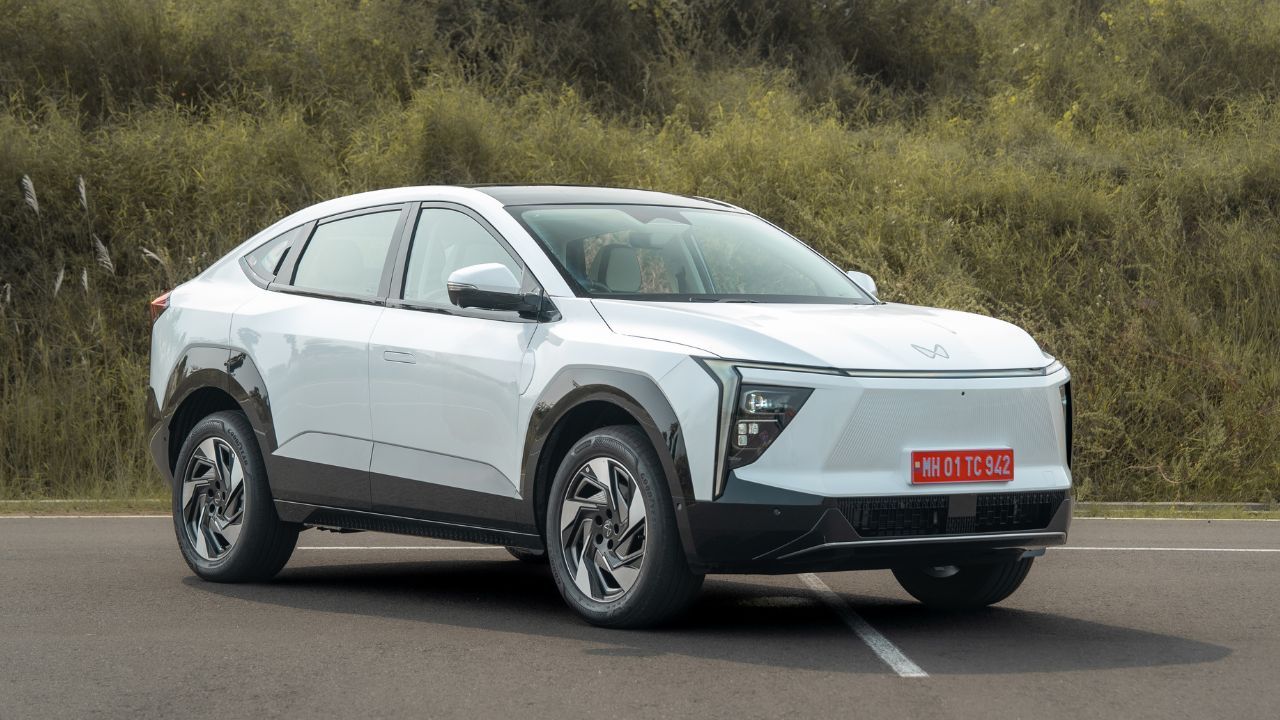
As the electric vehicle (EV) market accelerates, two prominent contenders – Mahindra XUV 9e and Hyundai Ioniq 5 – have captured attention with their cutting-edge technology and striking designs. Both models cater to the growing demand for sustainable mobility while offering distinctive features that set them apart. The Mahindra XUV 9e, a bold entrant from India's EV segment, emphasises practicality and affordability, while the Hyundai Ioniq 5, a global frontrunner, stands out with its futuristic aesthetics and advanced engineering. This comparison delves into their key specifications, including performance, battery range, features, and pricing, to help you discern which EV aligns with your preferences.
Mahindra XEV 9e vs Hyundai Ioniq 5 Spec Comparison: Price
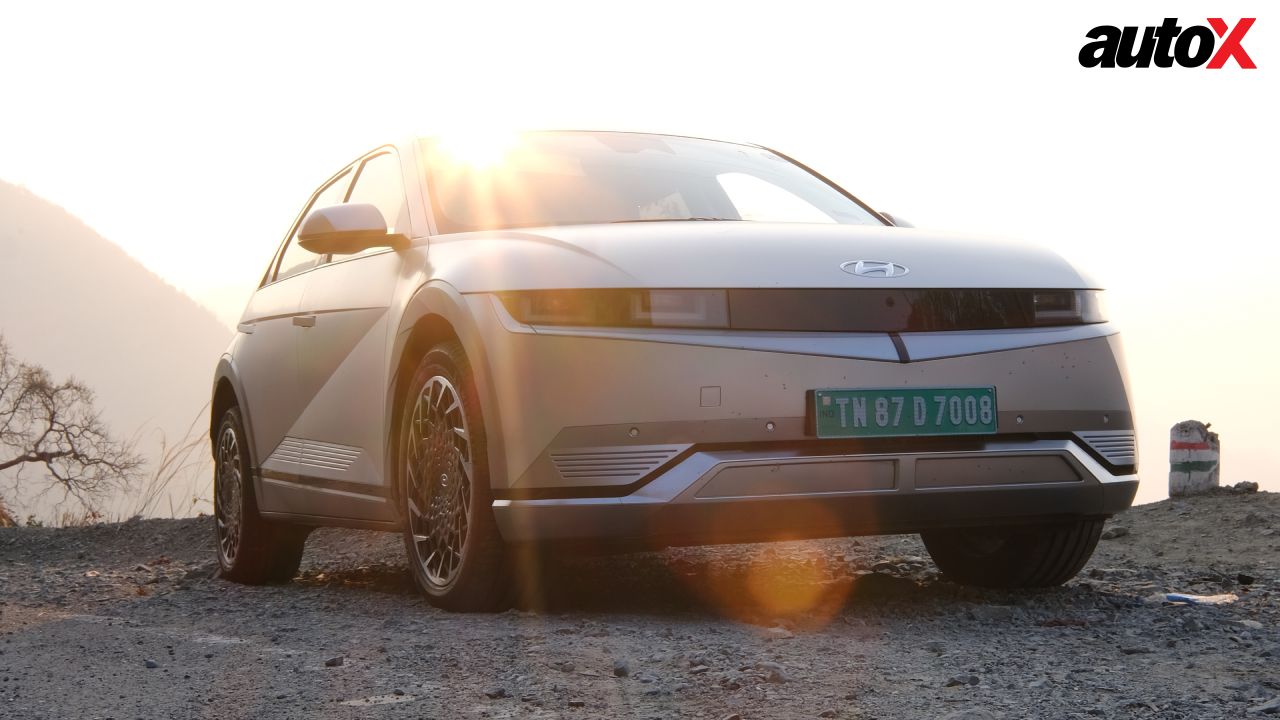
Mahindra has disclosed the price for the entry-level variant of the XEV 9e, called Pack 1, which does not come with the charger and must be purchased separately. The introductory price starts at Rs 21.90 lakh for this version. Details and pricing for other variants will be unveiled at the upcoming Bharat Mobility Expo. Deliveries are anticipated to commence in February next year.
Also Read: Skoda Kylaq vs Mahindra XUV 3XO Spec Comparison: What's Different?
On the other hand, the Hyundai Ioniq 5 is available in a single RWD variant, priced at Rs 46.05 lakh. All mentioned prices are ex-showroom figures.
Mahindra XEV 9e vs Hyundai Ioniq 5 Spec Comparison: Dimensions
The XEV 9e has dimensions of 4,790mm in length, 1,905mm in width, and 1,690mm in height, with a wheelbase of 2,775mm and a ground clearance of 207mm. It offers an impressive 665 litres of boot space.
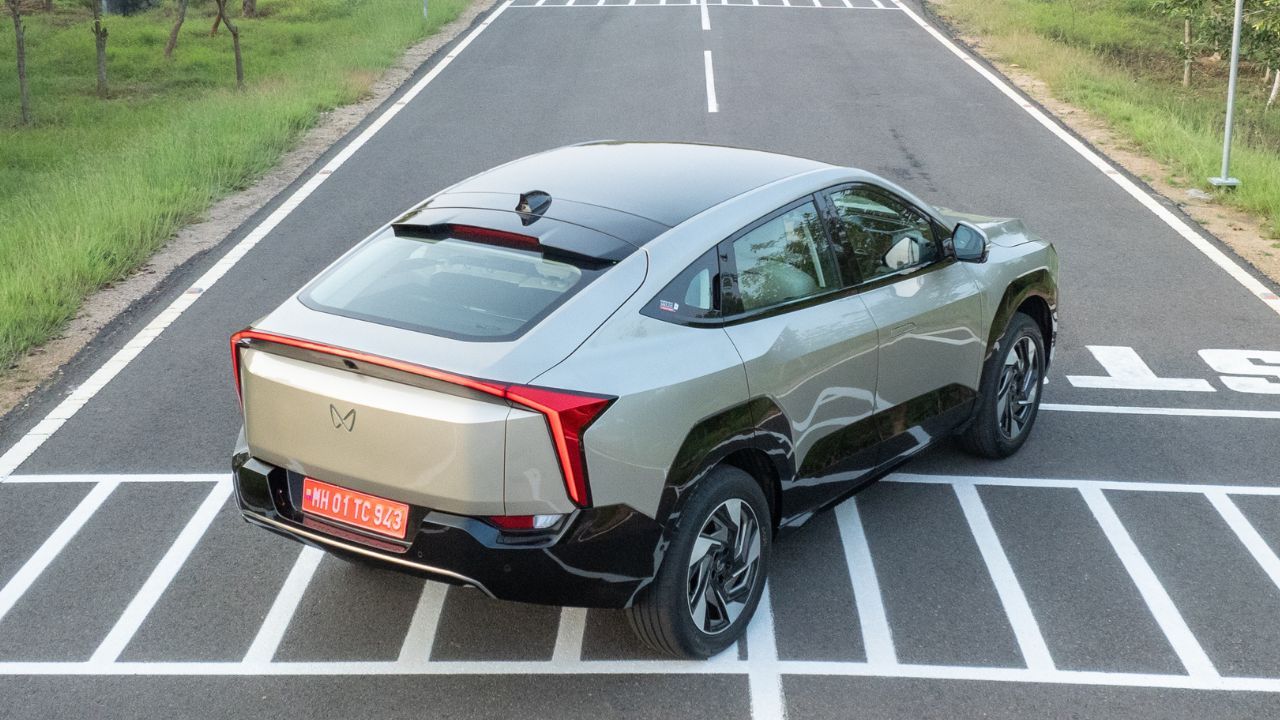
In comparison, the Ioniq 5 features a 3,000mm wheelbase and measures 4,635mm in length, 1,890mm in width, and 1,625mm in height. Its boot space stands at 584 litres.
Mahindra XEV 9e vs Hyundai Ioniq 5 Spec Comparison: Battery, Range and Charging
The XEV 9e will come with two battery options: a 59kWh unit and a 79kWh unit, both using Lithium Iron Phosphate (LFP) cells. Built on Mahindra's adaptable INGLO platform, the vehicle features a compact three-in-one powertrain that integrates the motor, inverter, and transmission. With a 175kW DC fast charger, the 79kWh battery can be charged from 20% to 80% in just 20 minutes, while the 59kWh version requires a 140kW charger for the same charging time. The 79kWh variant provides a range of 656km on the MIDC cycle.
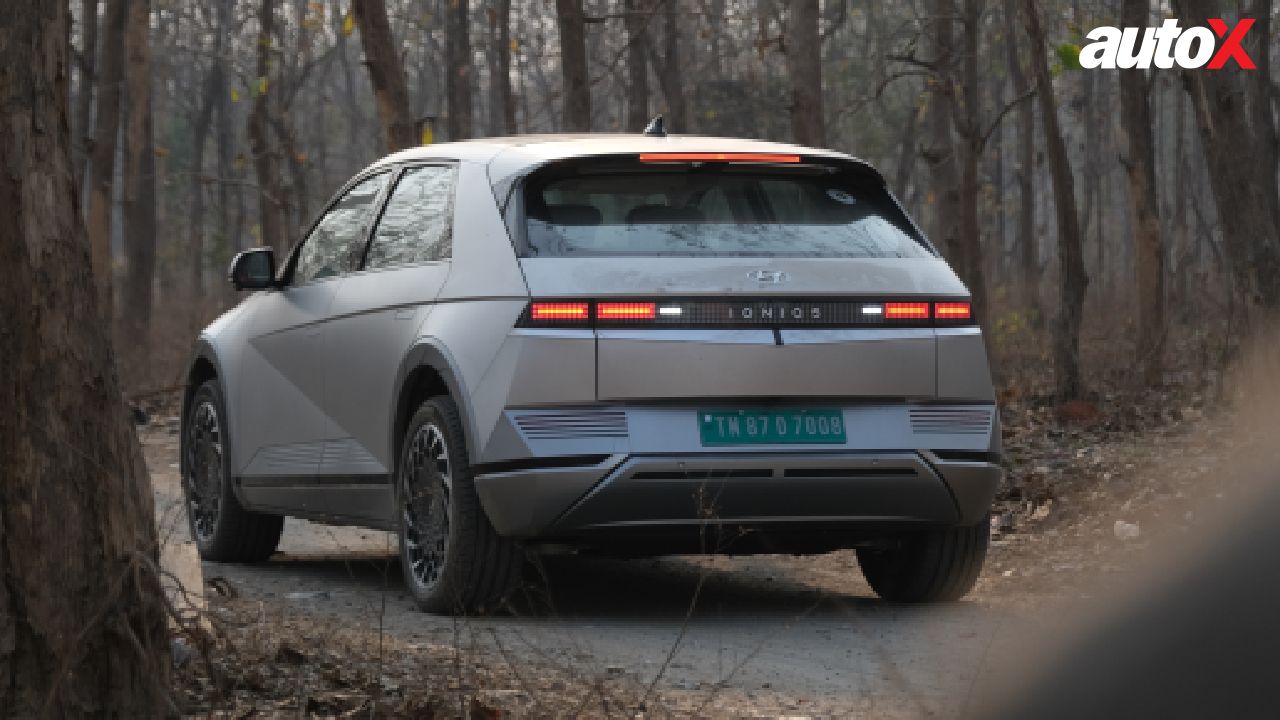
The BEV includes an 11kW onboard charger, with optional 7.2kW and 11kW chargers. The 7.2kW charger takes 8.7 hours to fully charge the 59kWh battery, while the 11kW charger reduces the time to 6 hours. For the 79kWh battery, the 7.2kW charger requires 11.7 hours, and the 11kW charger charges it in 8 hours. The 79kWh version is powered by a 282bhp, 380Nm motor that drives the rear wheels and can accelerate from 0 to 100km/h in 6.8 seconds, while the 59kWh version features a 228bhp motor.
Also Read: Hyundai Motor India to Build 600 EV Fast-Charging Stations By 2031
Coming to the Ioniq 5, the EV is equipped with a single rear-wheel-drive electric motor paired with a 72.6kWh battery. This setup delivers 216bhp and 350Nm of torque. Hyundai claims the vehicle can cover up to 631 km on a full charge. Additionally, a 350kW DC fast charger can boost the battery from 10% to 80% in 18 minutes. The Ioniq 5 also features Vehicle-to-Load (V2L) technology, allowing it to supply up to 4.82bhp of power.
Mahindra XEV 9e vs Hyundai Ioniq 5 Spec Comparison: Features
The interior of the Mahindra model is designed with a clean, contemporary style, featuring a two-spoke steering wheel with an illuminated Infinity logo and a layered dashboard. The centre console houses controls for driving modes, the gear shift, two cupholders, and wireless charging pads. This design flows smoothly into the front armrest, creating a cohesive and integrated appearance. The dashboard is equipped with a triple-screen setup, including individual displays for the driver, a touchscreen, and the passenger.

The e-SUV is packed with features such as a panoramic glass roof, multi-coloured ambient lighting, cruise control, a 10.25-inch touchscreen infotainment system, powered and ventilated seats, a Harman-Kardon 16-speaker sound system, Android Auto and Apple CarPlay, an entertainment screen, dual-zone climate control, and a 10.25-inch digital driver display. In terms of safety, the XEV 9e offers front and rear parking sensors, an electronic parking brake (EPB), six airbags, a tyre pressure monitoring system (TPMS), auto park, Level-2 ADAS, and a 360-degree camera.
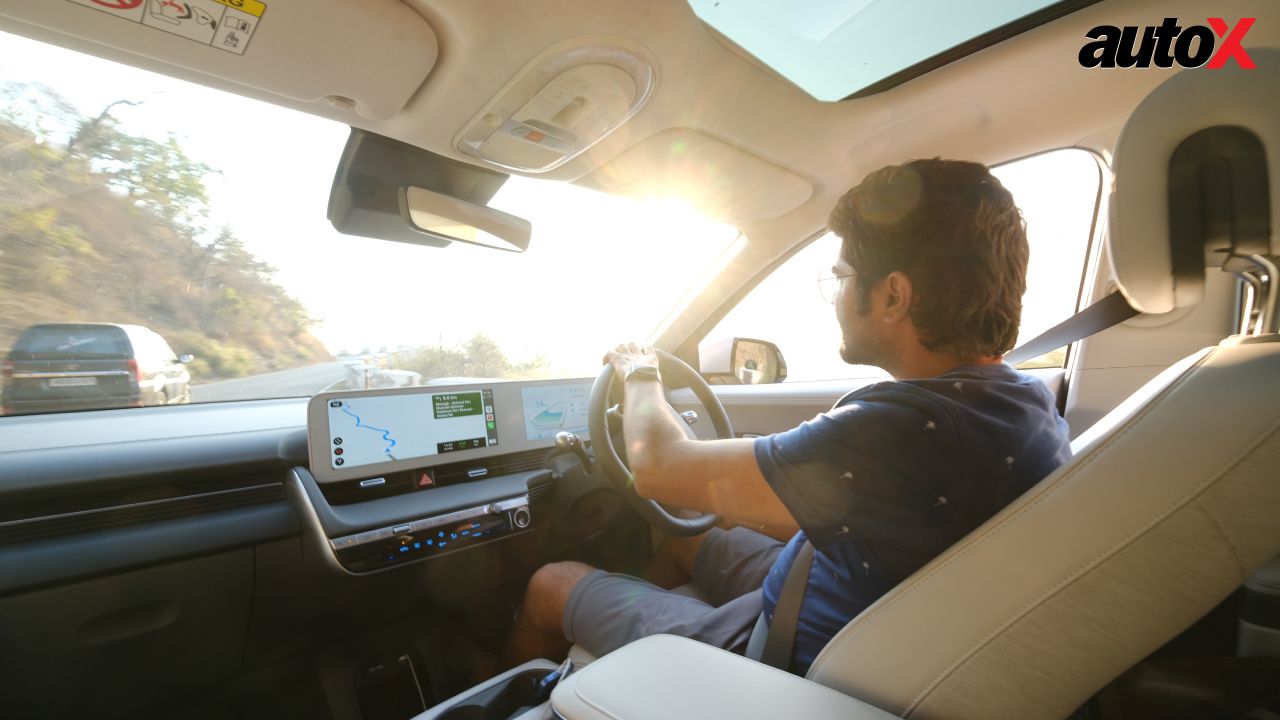
The Ioniq 5's cabin features dark pebble grey tones and eco-friendly leather upholstery for the seats. The dashboard and doors are equipped with soft-touch materials, while the armrests, seat cushions, and steering wheel incorporate a pixel design. In terms of features, the electric vehicle boasts a 12.3-inch touchscreen infotainment system, ventilated seats, an eight-speaker Bose audio system, a digital instrument cluster, a voice assistant, six airbags, disc brakes, remote door locking/unlocking, Level 2 ADAS, an EPB, Vehicle-to-Load (V2L) functionality, dual-zone climate control, ABS with EBD, electronic stability control (ESC), and a motorized tailgate. The flat floor, slim cockpit design, sliding centre console, and glove box contribute to its futuristic look.




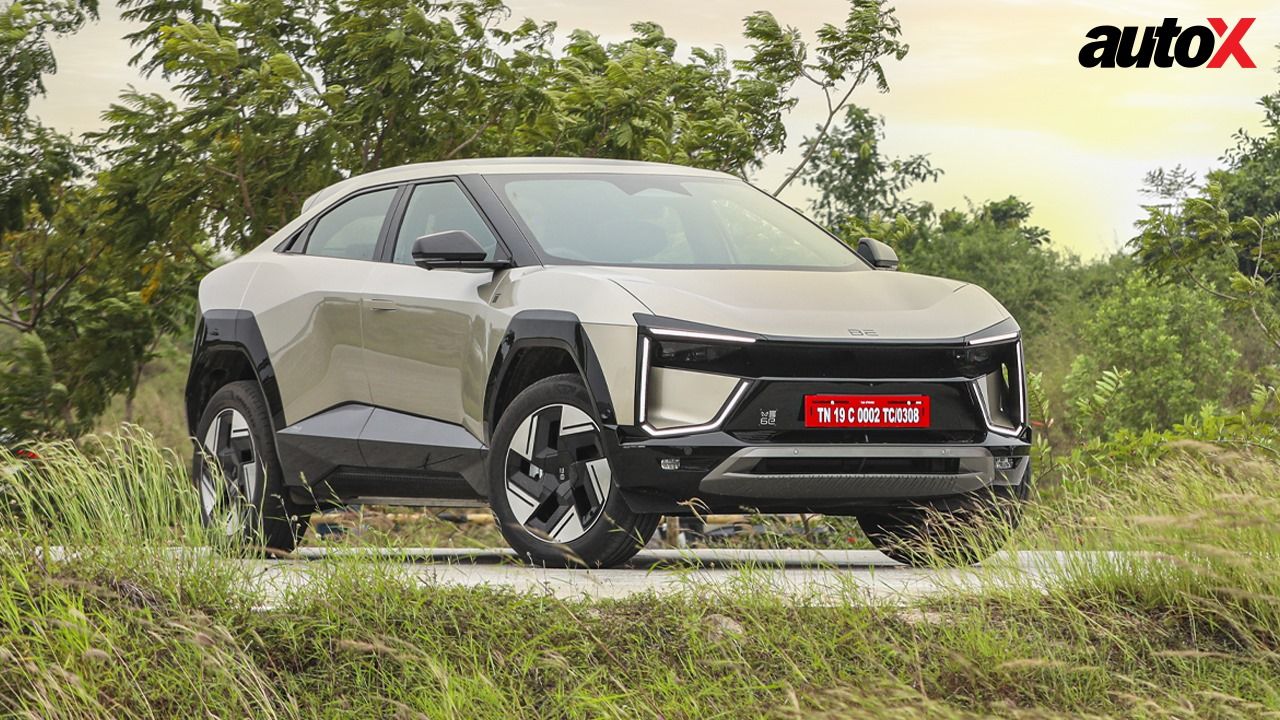
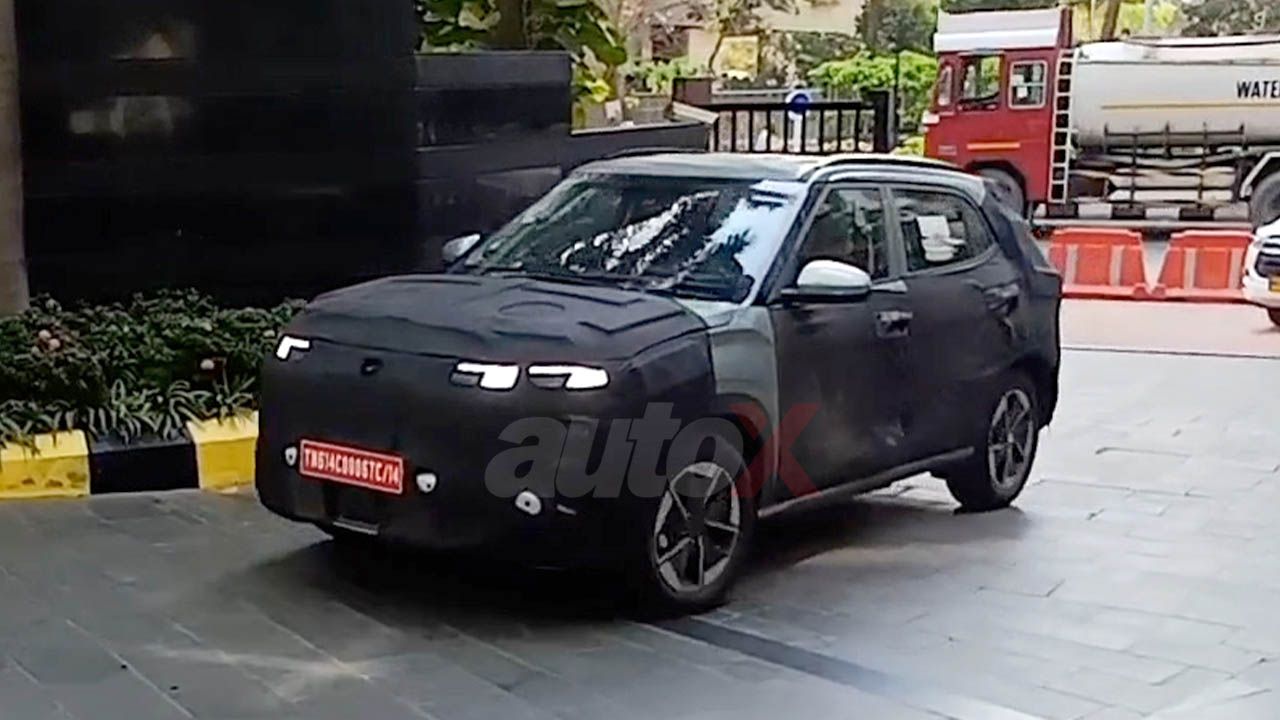
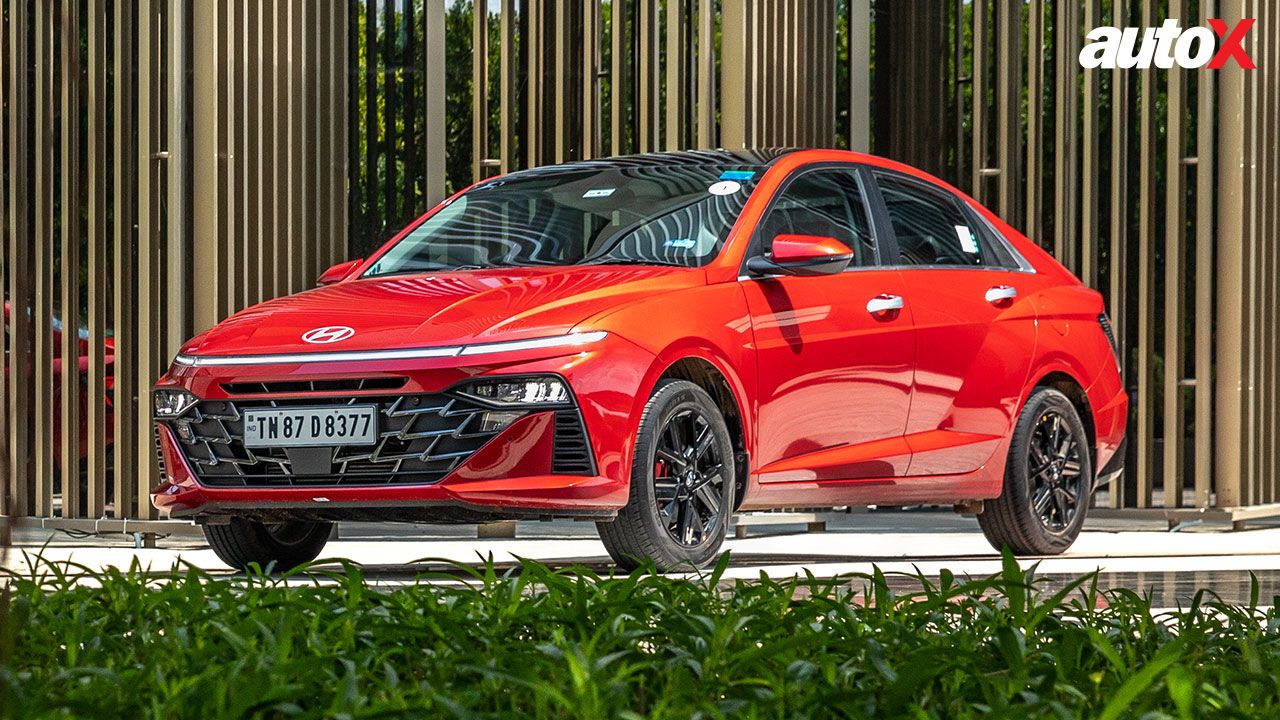


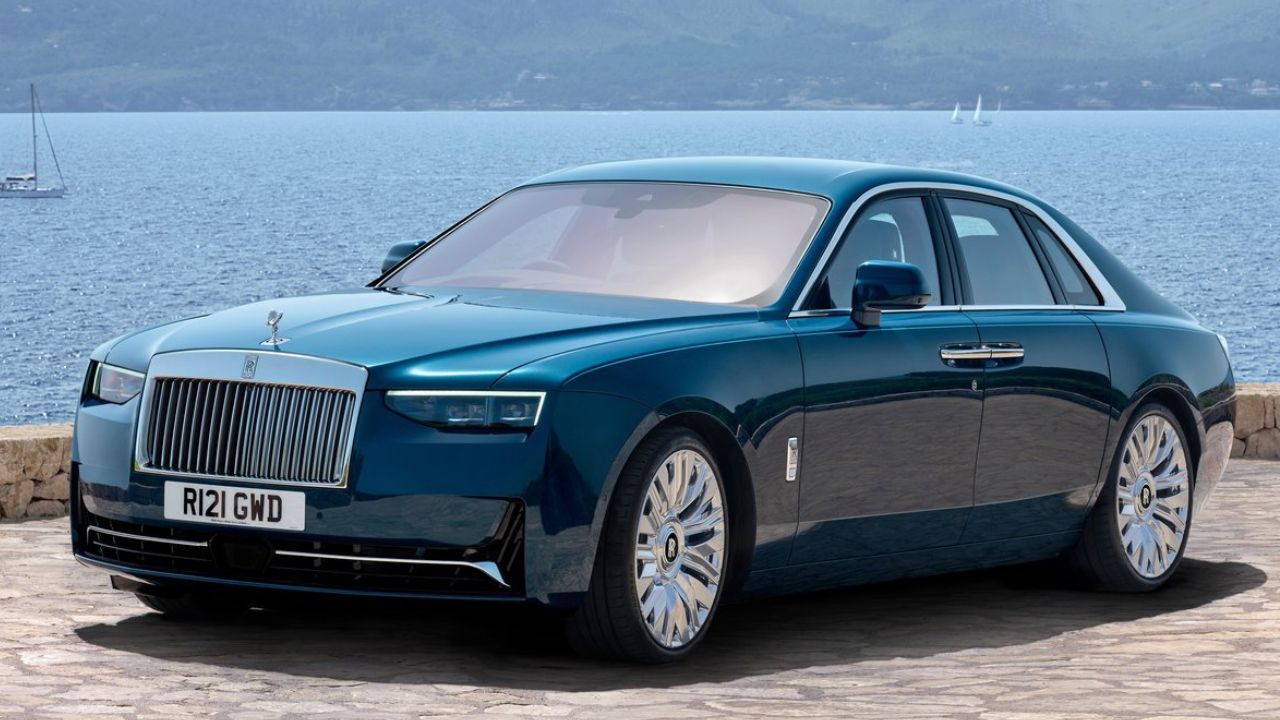
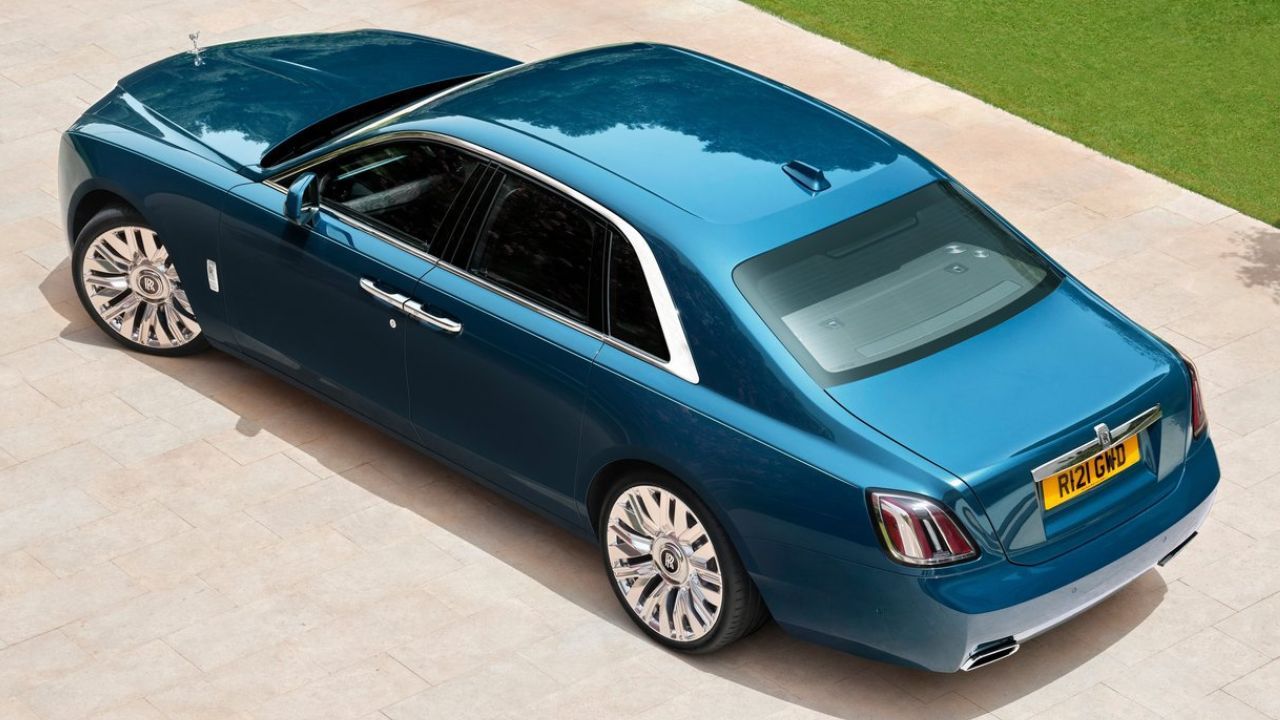

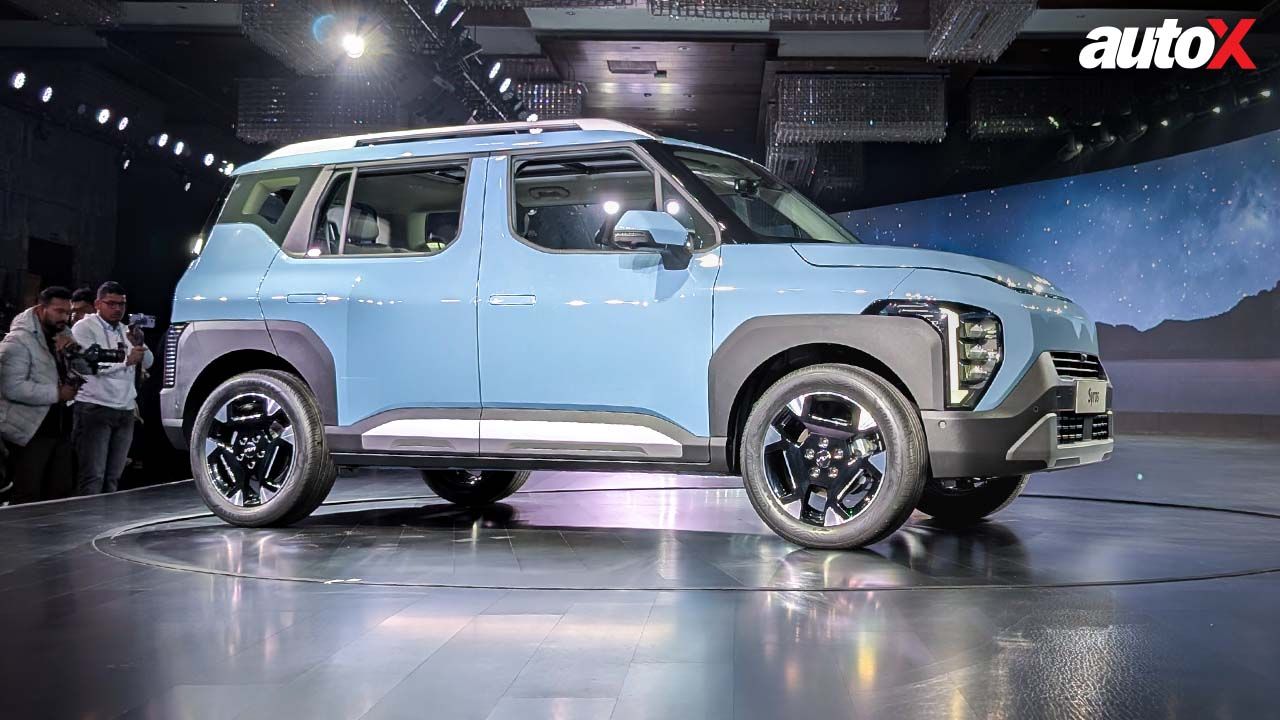
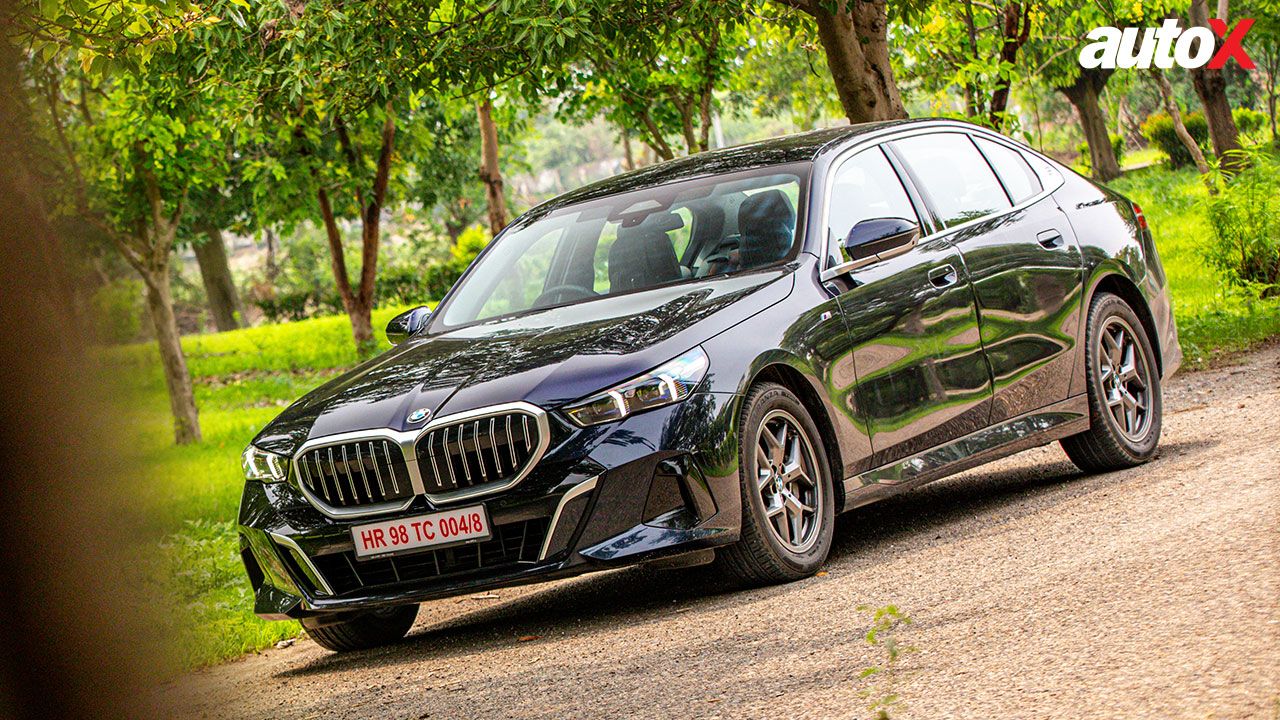
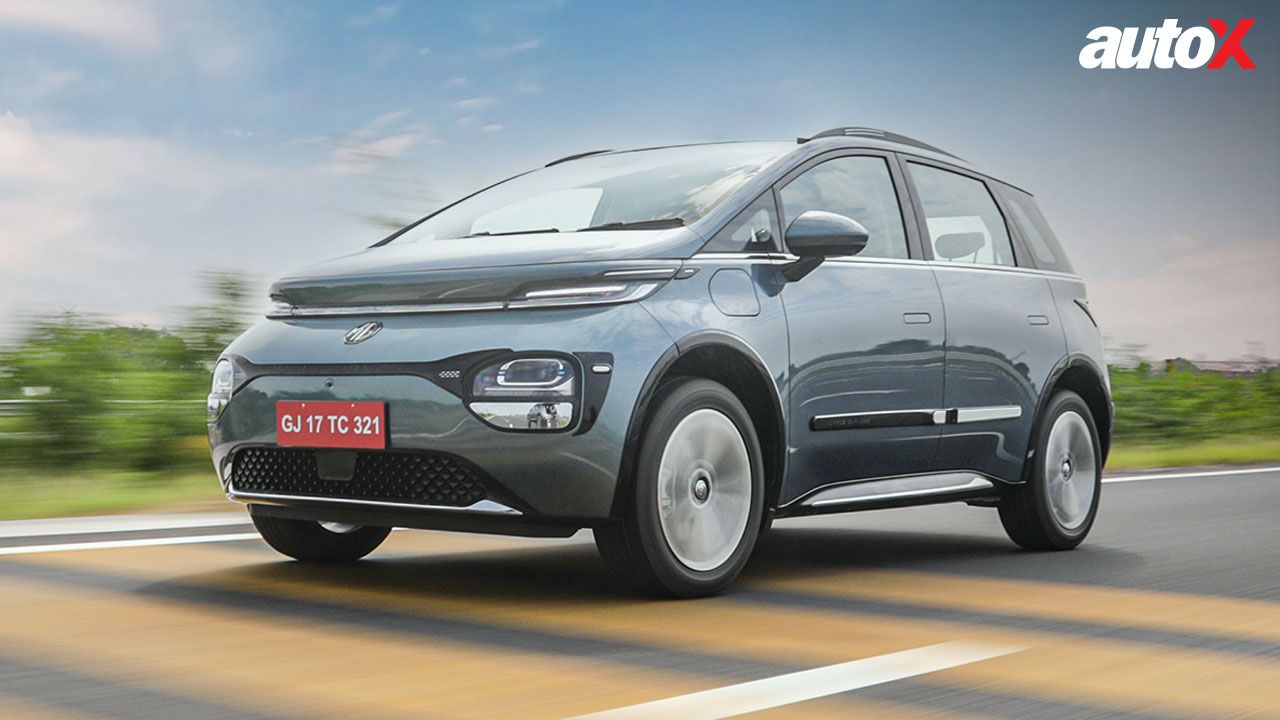
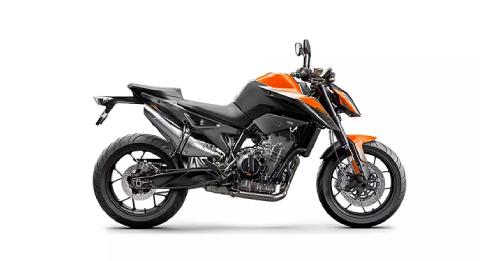
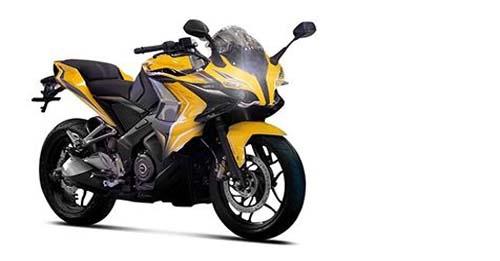
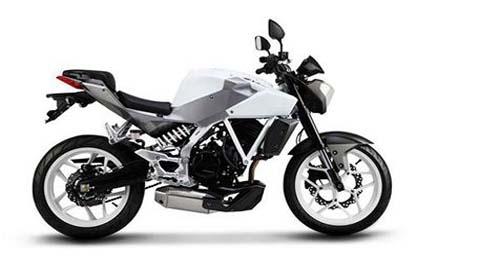
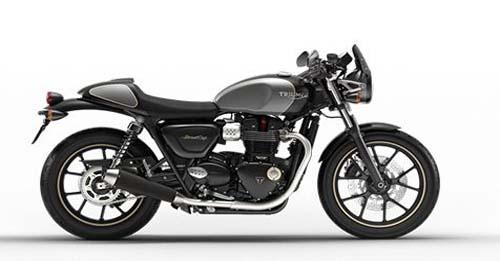










Write your Comment on